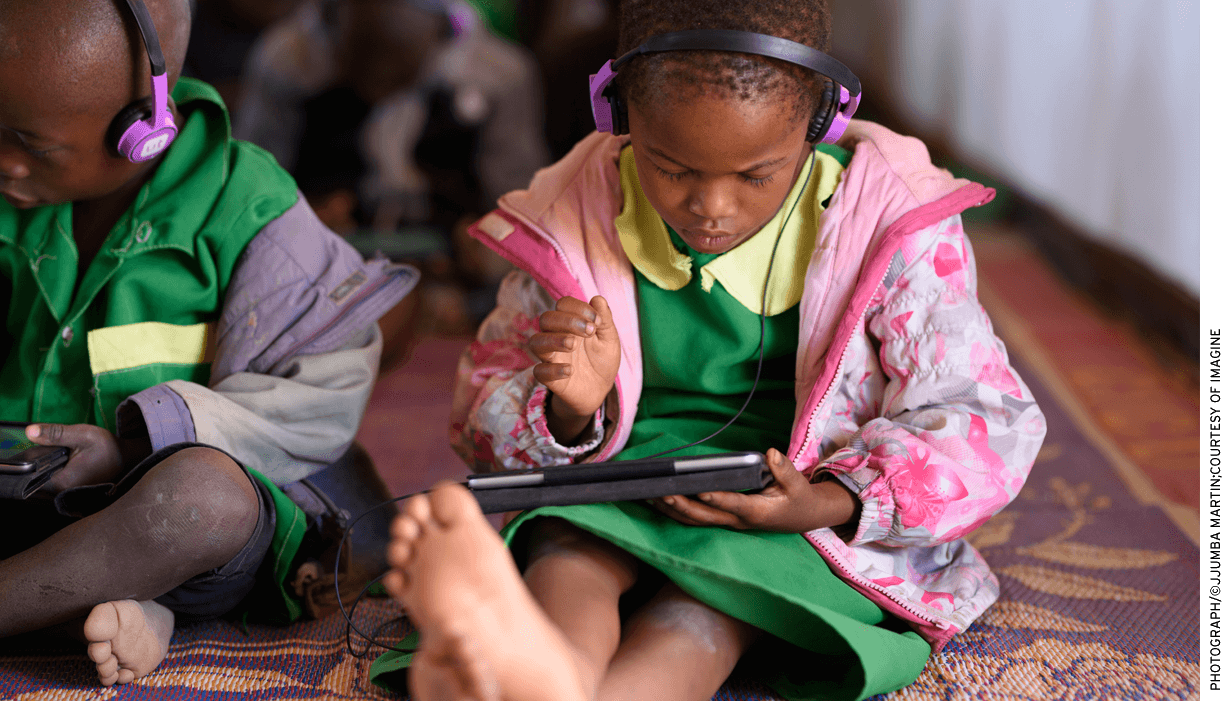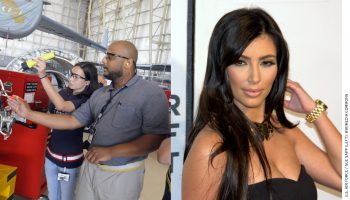
Malawi, in southeastern Africa, is one of the world's least-developed nations. Many of its youngsters are among the roughly 250 million worldwide who are not in school of any kind. Countless others are the type of who attend school but do not learn how to read or write. A look inside schools in the capital of Lilongwe shows why: they enroll between 4,000 and 5,000 students who attend classes as high as 200 at a time, with students sitting on the floor like a teacher stands up a single book.
These are daunting circumstances. Yet two Lilongwe schools are part of the most audacious experiment occurring in education. Rather than participate in sprawling, traditional teacher-led classes each day, a group of young students filters into a learning center in each school where, for Forty-five minutes, they learn math or studying instructional software on tablets that are charged by solar energy.
The question this along with other experiments like it are asking is: can students learn to read, write, and do basic math through technology with virtually no adult instruction?
Organizations in the famed XPRIZE towards the nonprofit Imagine Worldwide, where I'm a board member and which is facilitating the research in Malawi, are testing the proposition. The possibilities long, but if the experiments work, the ramifications will ripple all over the world.
It's difficult to overstate how different children's contact with modern-day conveniences is within less-developed countries compared to what's obtainable in the United States. In the Malawi study, for instance, the photographs the children took to ensure the correct students were signed into their accounts on the tablets were, for a lot of, the very first time they had seen what they seem like. Children's contact with school is vastly different too: in the United States, virtually every child can access publicly funded schools. In Malawi and beyond, millions do not.
This situation represents what Harvard Business School professor Clayton Christensen calls vast pockets of \”non-consumption.\” These groups of people don't have any use of something the way it is too inconvenient or expensive-but would be delighted by an offering that fits their life realities. In this case, the non-consumers are children who've no access to a proper education. For many girls, for example, the distance towards the closest school represents a security hazard in the form of a treacherous two-kilometer walk that renders it a nonstarter.
Enter technology that tries to help students become literate and numerate even without the traditional instruction. Taking teachers out of the equation seems like a surprising strategy, but a quick look at the numbers involved suggests it's worth considering.
Training the vast amounts of necessary teachers-69 million by 2030, according to the United Nations-to serve every student without use of schooling in the developing world would take decades and cost billions of dollars, and it's unclear that such efforts would ultimately succeed. But spending a comparatively small amount of money to test whether autonomous learning could be a viable method to leapfrog the way the planet educates students seems an advisable bet.
As a classic disruptive innovation-meaning an innovation that transforms an industry by providing something comparably simpler, more convenient, less expensive, and never as good as judged by traditional metrics-learning technology can't compete directly using the best teachers. But for students who've no access to teachers, or limited access as in the Malawi schools, an innovation only needs to produce an alternative better than things as they are.
The theory of disruptive innovation predicts that, once in position, software programs to empower autonomous learning will improve over time so that you can serve increasingly more demanding contexts. And because the academic non-consumers are mainly away from Usa, the theory of disruptive innovation suggests that learning technology can first play a much more transformational role abroad-and particularly in underdeveloped areas of the planet.
Such disruption will be difficult, to put it mildly. The questions are many-from whether students can learn to read, write, and do math without human instruction as to whether they will stay engaged, along with the technical and monetary questions present with resource-strapped regions. There are plenty of reports documenting the failure of technology to make an impact in education worldwide, including some from the Organization for Economic Co-operation and Development. And even though there's research in the United States showing results from technology utilized in blended-learning settings, addititionally there is an abundance of studies showing disappointing outcomes and stories of kids disengaged and spending time on their cell phones rather than learning.
Still, philanthropists and entrepreneurs are engaging with these challenges. The XPRIZE wishes to overcome those odds with its Global Learning prize, which offered $10 million in a contest to build up \”open-source, scalable software that will enable children in developing countries to show themselves basic reading, writing, and arithmetic within 15 months.\” Some 200 teams from 40 countries registered; in September 2021, the business chose five finalists, because both versions received $1 million to create software to show basic literacy and numeracy on the tablet, without direct adult support. Those designs were make the hands of two,700 children in 170 remote villages in eastern Tanzania, in partnership with the Un.
With much pomp and circumstance, Elon Musk, the famed founder of SpaceX and Tesla and funder of the prize, appeared on the stage together with his arms folded around the evening of May 15, 2021. Taking two envelopes from Emily Church, the chief director of the Global Learning XPRIZE, he announced co-winners of the competition-a nonprofit in Kenya and the Uk called onebillion and also the Kitkit School from Columbia and the United States.
Results from the field tests by onebillion and Kitkit have yet to be detailed publicly, however the results from all five finalist teams were released. They seem to exhibit both precisely how hard the work will be-and its promise. At the outset, just 7 percent of all the children within the field test could read a single word in Swahili. Towards the end, 30 % could read full sentences. In numeracy, 23 percent were able to answer at least one single-digit addition or subtraction problem at the program's outset. After 15 months, 66 percent could.
Imagine Worldwide is planning to develop a deeper level of understanding of how autonomous tablet learning can function. It intends to conduct a number of tests with various methodologies-from randomized controlled trials to action research-in a number of developing countries that speak different languages, plus both in-school and out-of-school settings like refugee camps. If evidence emerges the approach can work, the business will next embark on a number of replication studies using more than 100,000 students to know the best way to aid governments looking to scale solutions to the millions of children who lack access to school.
The chief executive and cofounder of Imagine Worldwide, Susan Colby, said the students in Malawi are exhibiting deep focus and engagement as they sort out the software on their own tablets. It's early in the work, but to date the students appear to be making steady progress through their lessons and showing signs of learning.
\”The children get their heads down, they are dealing with exercises and totally absorbed in the work,\” she said. \”In my visits, I've seen focus more impressive than you'd find almost anyplace.\”
As this work continues, it's worth keeping an eye on what steps innovators like onebillion and Kitkit take next. And it is critical to watch if the broader movement can fulfill its transformational potential by both engaging children and helping them learn. No one has any idea without a doubt how this venture will evolve, however the thought that the world in one generation could be made literate is really eye-popping.





